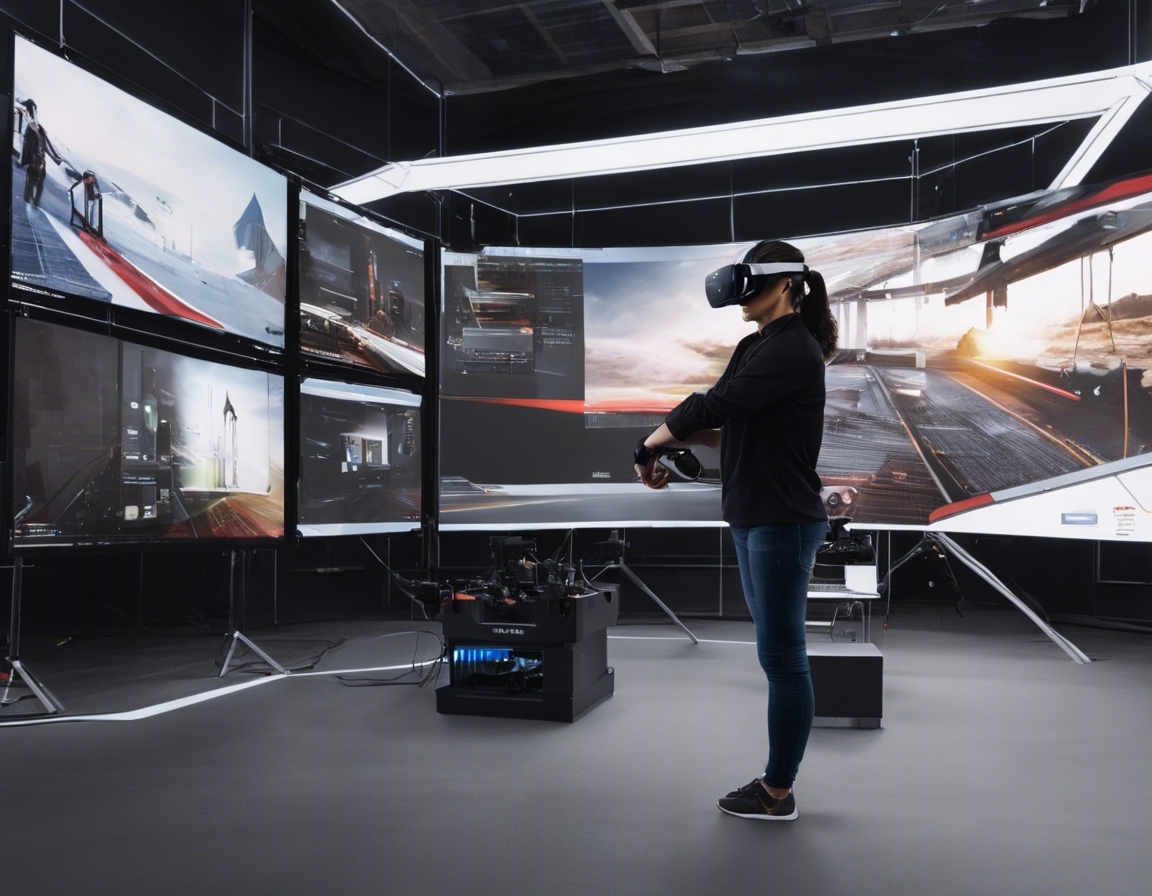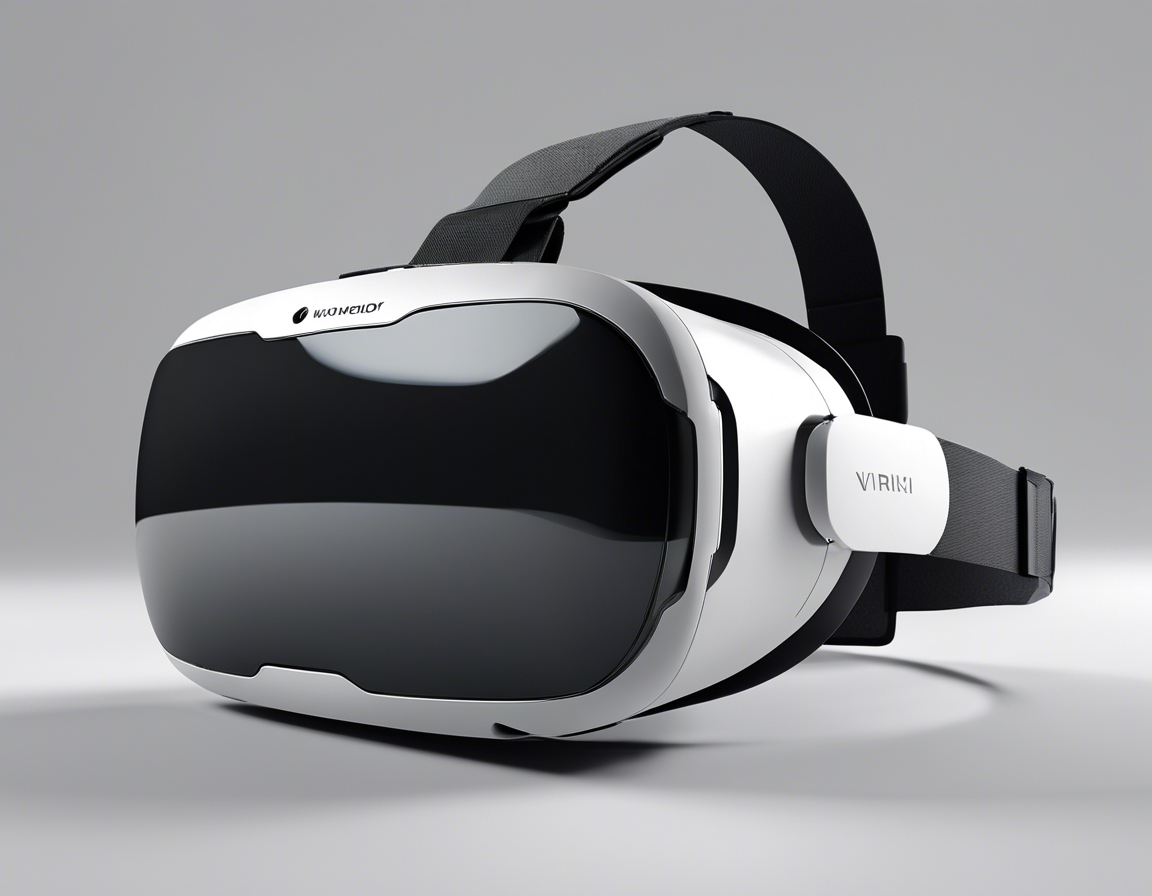5 ways 3d visualization is changing real estate
The real estate industry is rapidly evolving, and 3D visualization is at the forefront of this transformation. This technology allows developers, architects, interior designers, and investors to create detailed, interactive representations of properties, revolutionizing the way real estate is designed, marketed, and sold. Here are five ways 3D visualization is changing the real estate landscape.
Enhanced Project Presentation and Marketing
3D virtual tours offer a walk-through experience of a property before it's built. This immersive tool enables potential buyers to explore every corner of a project, fostering a deeper connection and understanding of the space.
High-quality, photorealistic 3D renderings provide a lifelike depiction of properties. They serve as powerful marketing materials that can showcase a property in its best light, highlighting features and amenities in detail.
Improved Design and Planning
3D visualization gives a precise sense of space and dimension, which is crucial for both developers and clients. It ensures that design intentions are accurately conveyed and understood, reducing the likelihood of misinterpretation.
Design software with 3D visualization capabilities allows for real-time changes to be made. This flexibility can save time and resources, as modifications can be viewed and approved on the spot, without the need for multiple physical mock-ups.
Efficient Collaboration and Communication
By providing a clear visual representation, 3D models facilitate better engagement with stakeholders. They can see the vision of the project and provide informed feedback, leading to a more collaborative process.
With 3D models hosted online, team members and clients can access and review the project from anywhere in the world. This convenience enhances communication and collaboration, especially in a global market.
Cost Reduction and Risk Mitigation
Visualizing a project in 3D before construction begins can identify potential issues early on, saving costs associated with post-construction changes. It also allows for better budgeting and resource allocation.
3D visualization tools can detect clashes and errors in the design phase, preventing costly mistakes during construction. This proactive approach to error detection is invaluable for maintaining project timelines and budgets.
Enhancing the Sales Process
By offering a realistic view of the future property, 3D visualization can evoke an emotional response from potential buyers, making them more likely to commit to a purchase.
Prospective buyers can visualize different finishes and layouts, allowing them to personalize their future home. This level of customization can significantly enhance the attractiveness of a property and accelerate the sales process.






Comments (0)